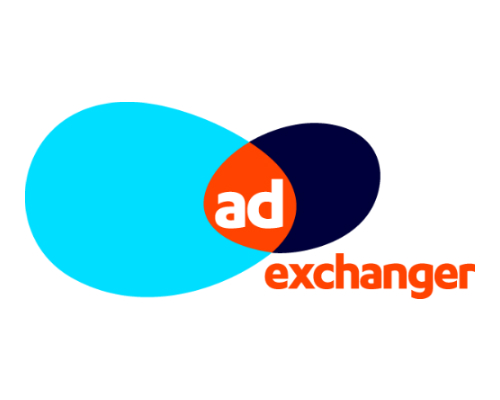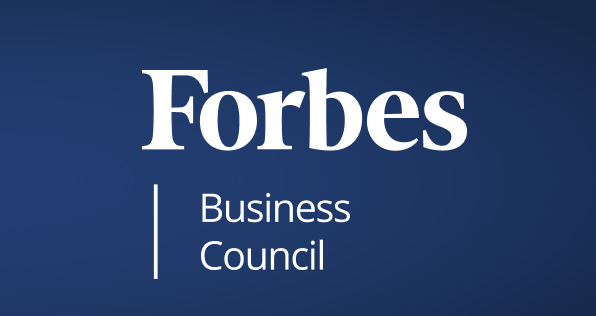Featured on AdExchanger & ANA:
Brand reap great value in fixing the agency relationship before replacing.
— Read the published AdExchanger article —
— Read the published ANA Marketers Article —
Breakups happen, especially between clients and their agencies. But what is most shocking is that nearly one third of agency-client relationships last less than three years, according to data that I have gathered over the last four years.
To that list, we can add eBay. The online ecommerce giant tossed Publicis Media’s Blue449 after just three years. Pinterest also recently announced that Mediahub would be its new media agency of record to replace Giant Spoon, which was just hired in 2017.
When advertisers decide to abandon a relationship, it’s assumed to be broken beyond repair. The effort required and the risk of staying in the relationship seem to outweigh the chances and benefits of fixing it. However, repairing relationships sometimes makes far more business sense since brands could actually save money by putting in the effort to fix a crumbling agency relationship instead of giving up.
Unless they know “why” something is broken, replacing it won’t keep it from breaking again. There is no learning opportunity when simply replacing something that is broken. The reason something breaks may not always be about the agency. In fact, the company might be the reason it broke in the first place. When brands analyze the root cause of an issue, they can expose weaknesses within the organization and course correct.
I have seen many relationships fail due to organizational problems such as unclear objectives, lack of trust, long review cycles and disorganized leadership. But what if the brand focused on repairing the relationship rather than just cutting ties and starting over? Before starting a new RFP process and putting a current agency up for review, brands should consider if these three strategies might help save the client-agency relationship:
Incorporate performance evaluations for actionable feedback
Early signs of dissatisfaction in the relationship can be detected and formally addressed with performance evaluations. When an evaluation is done it sets up a baseline and encourages both agencies and advertisers to be accountable. The data captured can be used to inform conversations about how to improve the partnership.
Both parties must trust that the information captured will be used in a constructive and reasonable manner. Then both parties analyze it, review it together and agree on immediate actions they can take to leverage this insight or course correct if needed.
Put yourself in the agency’s shoes
I was lucky to have spent some of my career working on the agency side. For those that haven’t, it puts them at a disadvantage because without having experienced it, it’s hard to fully understand how agencies operate. If brands are trying to save a client-agency relationship, they should ask for some face time and spend time at the agency to experience firsthand the inner workings of the agency life. This may uncover unique operational nuances of their business and how these might impact the client relationship. Some clients organize agency days where client teams get to spend time with their agency counterparts in their offices. The better an understanding brands have of the agency business, the better equipped they are to build mutually beneficial partnerships.
Align your budget and expectations
Perhaps your client-agency relationship is rocky because of a recent budget cut. Too many marketers see agency fees as a cost instead of an investment. The consequences of cutting agency fees too deep include losses in talent, work quality and innovative thinking. Many times, I’ve heard clients complain about the lack of strategic insight brought forward by the team without realizing that their fee-reduction efforts may have led the agency to remove critical staffing resources that would be tasked to fulfill that role. As marketing budgets and agency fees are reduced, so should be client expectations. At the very least, the two – budgets and expectations – must be clearly balanced. Both parties should look at budgets and determine if these priorities are in alignment.
The counterargument to repairing relationships is often the cost. It seems – at least at face value – cheaper to replace than to fix something. However, this argument doesn’t consider the long-term hidden costs, and it’s not guaranteed that issues the client failed to address with its prior agency will not resurface with a new one. If they don’t learn from underperforming relationships and apply insights to the way they manage partnerships, they will incur massive long-term costs – operationally and contractually. Businesses should consider their options carefully before replacing what may not be irrevocably broken.
By: Bruno Gralpois, Co-Founder & Principal, ANA Faculty Member January 6, 2020






